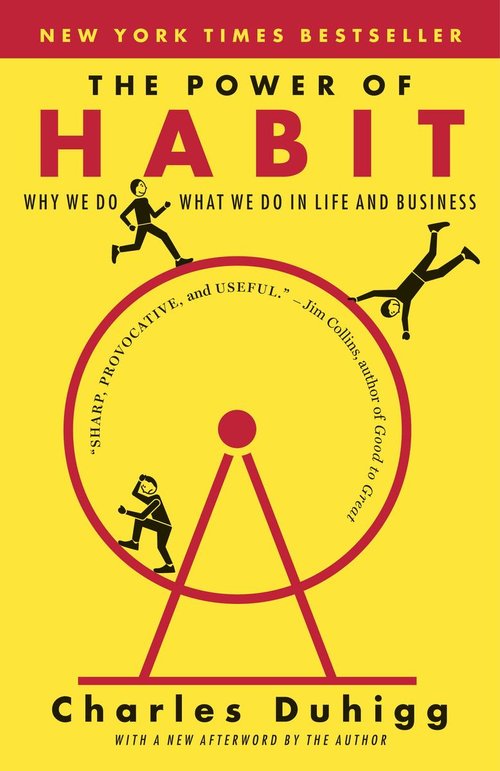Earlier today, I was giving advice to a grad student in education. She wanted to know how I would use behavioral science to improve online education, specifically Massive Open Online Courses (MOOCs).
Here’s what I told her:
Focus on helping the students succeed.
“Duh”, you’re probably thinking.
But that’s where the complexity comes in.
How do you help a student succeed?
You do it by increasing their ability to understanding the material they’re dealing with, and by making sure the exercises they’re asked to do are appropriate for their level.
And this is where the behavioral science comes into play, and where almost every single “applied behavioral scientist” in the market falls short.
The obvious answer I just gave you (help them succeed) is where most behavioral science “thought-leaders” out there start and stops—though they may also recommend “gamification”. Why? Because this is what the “habit loop”, the favorite model of self-proclaimed behavioral scientists, says they should do.
Let me show you what I mean. Below I’ve written out the operant conditioning loop, which is one of the most basic things that college students are taught in psych101 classrooms all around the country. It was renamed the “habit loop” by journalist Charles Duhigg in his bestselling book, “The Power of Habit”. But there’s nothing fancy or novel about it.
Cue –> Behavior –> Reward
According to the theory of operant conditioning, we humans are *cued* by elements in our environment to do certain *behaviors*. When those behaviors are *successful*, and thus accomplish the goal of the behavior, they are neurobiologically strengthened. This means that they will occur more frequently in the future when the same need arises in the same context. Or, in layman’s terms, “behaviors that lead to success are done more often”.
A quick aside: When an animal (human, rat, roundworm, etc.) receives what it wants, certain regions of the brain release a cocktail of chemicals. This chemical cocktail causes the relevant brain cells (AKA neurons) to build stronger connections to one another. So, for example, if every time you go to a friend’s house his dad gives you a warm, delicious cookie, you brain will strengthen the connections that exist between the neural representation of your friend’s house, your friend’s dad, and delicious cookies. The next time you walk by your friend’s house, the image of a cookie may flash through your mind. All of these concepts have been linked together, after all. And the next time you want a cookie, you may get the desire to go over to your friend’s house. The nerdy name for this is Hebbian Learning. “Neurons that fire together wire together”.
Back to the MOOC problem: According to operant conditioning theory, the way to get someone to do something more often is to make sure they achieve something each time they do that behavior. In the case of learning, we want to make sure that they *understand* something (have an aha! moment) each time they sit down to study. That is our success / reward in the MOOC scenario. So the entire problem of “how do we get more people to finish their online courses” turns into a “how do we craft the educational materials so that they’re optimally understandable” problem. And this is where cognitive psychology can help us.
For decades, cognitive psychologists have studied the mind to learn about how thinking and memory formation occurs, and have come up with best practices for studying & instructional design based upon that scientific understanding. (Good luck finding an applied behavioral scientist in the business/tech world that actually knows this stuff, though).
While I’m not going to go into any depth on this topic in today’s email (it’s a huge topic I should write a book about), I am going to recommend a resource to you, dear reader.
It’s called “Why Don’t Students Like School?”.
It’s a terrific primer on cognitive psychology for teachers, and talks all about how learning works and how you can change your instructional methods to create plenty of aha! moments.
If you’re designing any piece of educational content, and you follow the materials in Willingham’s book, I guarantee that you’ll be much more successful. Your audience will learn more, be more engaged, and be MUCH more likely to stick it through to the end.





